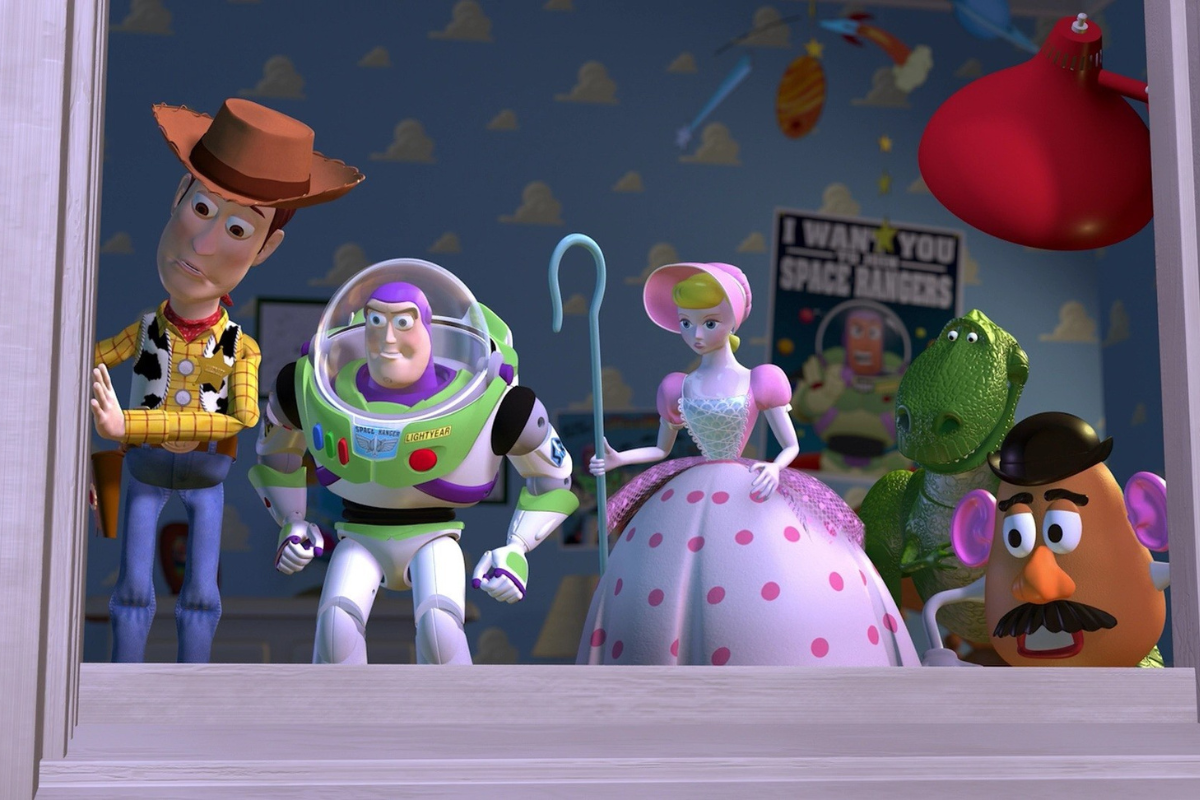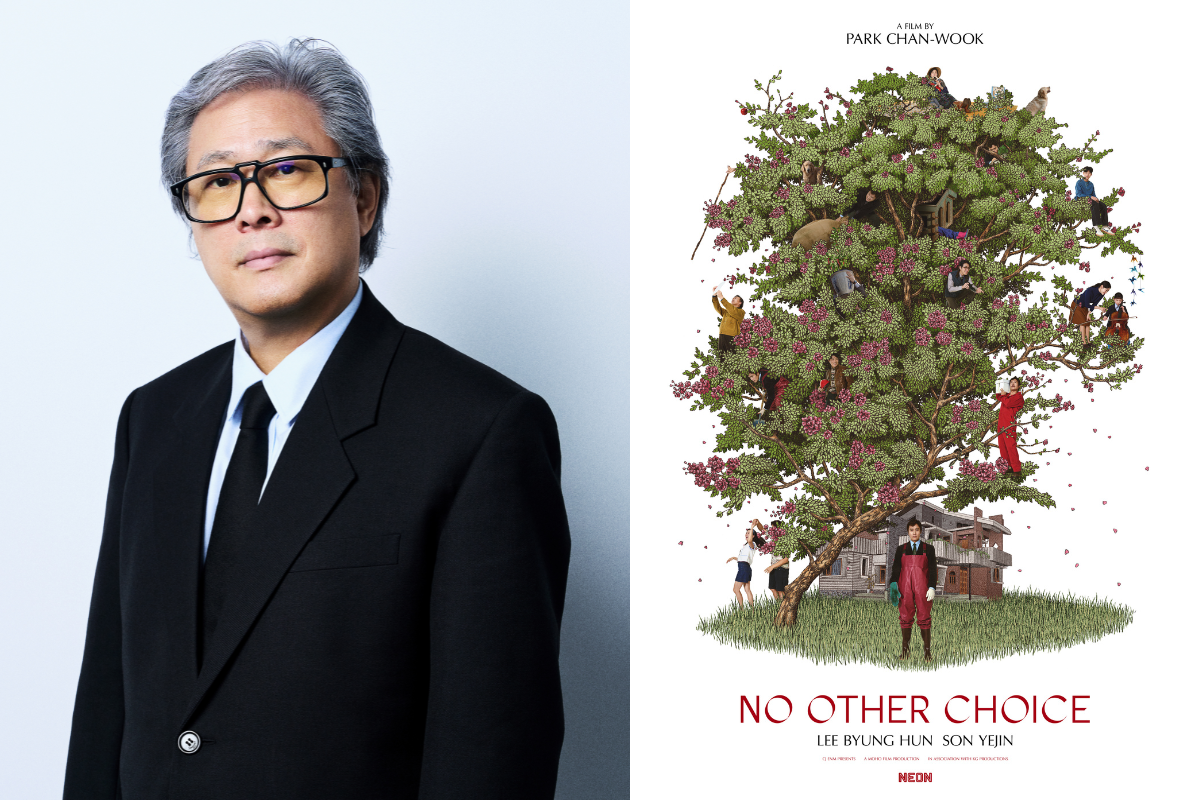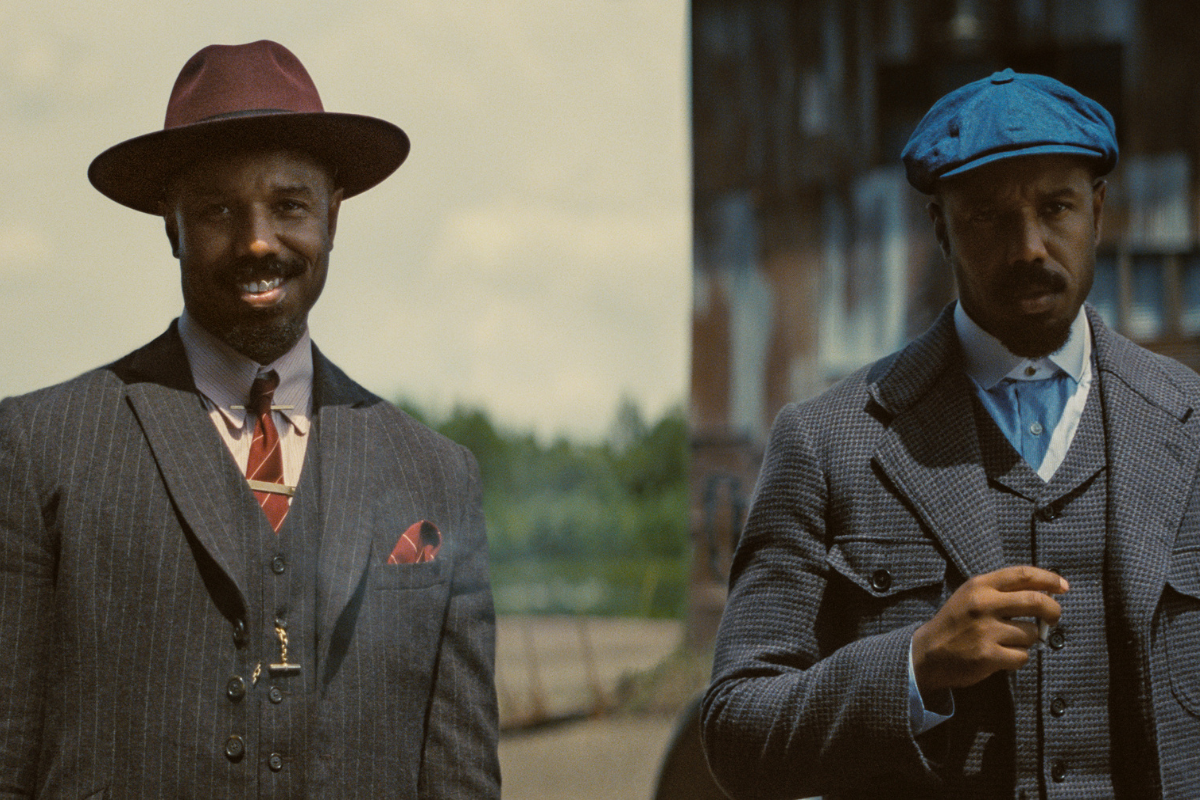Writers on Writing: Stevan Mena on Bereavement
For this Writers on Writing installment, Stevan Mena (right) writes about his latest film Bereavement and his approach to writing horror.
For this Writers on Writing installment, Stevan Mena writes about his latest film Bereavement and his approach to writing horror.
by Stevan Mena
Many modern horror films think pushing boundaries means more blood and guts. But what gets me engaged is the level of peril. And the only way I know to increase that level the audience feels is through empathy. The more the audience cares for the characters, the worse they will feel when those characters are in danger. That central idea was the core of my approach in writing Bereavement, a prequel to my debut feature Malevolence. While Malevolence was a love letter to my favorite slasher films of the ’70s and ’80s, I wanted Bereavement to be more of a character study.
Malevolence was very reactionary in that it employed external forces to drive the narrative, showing how the characters reacted to immediate danger, and revealing them through those choices under duress. I wanted Bereavement to be more layered, so that the audience could learn more about the characters from inside-out. This way, when confronted, we knew what was at stake, what choices we expected them to make, and could then be surprised when their actions didn’t match our expectations. I think this unpredictability makes the horror more palpable, and draws us in. Random violence to strangers rarely gets people’s attention. But violence against people we know, that’s different. So Bereavement became a very character-driven piece.
A common motif that runs through the film centers on people being trapped. The main character, Graham Sutter, a psychotic recluse who is tormented by his past--his inner demons externalized into what he believes are real entities telling him what to do--is trapped by his own delusions. He kidnaps a boy, Martin, and forces him to clean up after he murders his victims because he can’t bear to do it himself. Sutter keeps Martin trapped through fear, convincing the boy that the scarecrows surrounding the perimeter of the farm are real, and will never let him escape.
Allison, who is the main protagonist, comes to live with her uncle when her parents die suddenly. She becomes trapped by her situation. She meets a boy named William, whose father is an invalid in a wheelchair. William’s father relies on him for almost everything, leaving William little chance to escape to a better life. I used these techniques throughout, some obvious, some subtle. Here’s a sample scene:
In most horror films, this scene might end up on the cutting-room floor because it doesn’t necessarily move the main plot forward, aside from a few character payoffs later. But what it provides is a glimpse into the characters life that creates a bond with the viewer. Allison is no longer a stranger. We know about her, and her situation.
The (evil) joy I get as a horror writer-director is similar to a child who loves to kick over a house of cards after he spent hours building it. That’s what horror writing is: We set up these people, put them in peril, watch to see how they respond, then (possibly) destroy them. The more we care, the more frightened we are when they are alone and something is lurking behind them, and the more upset we are when they die. No buckets of blood or big bang sound effect can replace that, in my opinion.
Every great horror movie has a central character that we care for. Your hero is only as good as your antagonist. The bigger and scarier the bad guy, the more your central character must rise to the occasion to do battle and survive, testing his or her limits. If the emphasis is placed solely on the antagonist (as it often is in horror), it creates an imbalance in the storytelling.
Bereavement takes a huge risk for a commercial film in that it doesn’t include the typical Hollywood ending. But as writers, I feel we should test those boundaries. Verisimilitude goes a long way in horror, but if you employ it, you can’t chicken out at the end and say, don’t worry, it’s only a movie, see, everything worked out okay. Because in real life, it often doesn’t.
Bereavement, a Crimson Films release, hits theaters February 18th (limited).
Top screenwriting and film publication, founded in 1989, published by Active Interest Media. Twitter: @scriptmag







